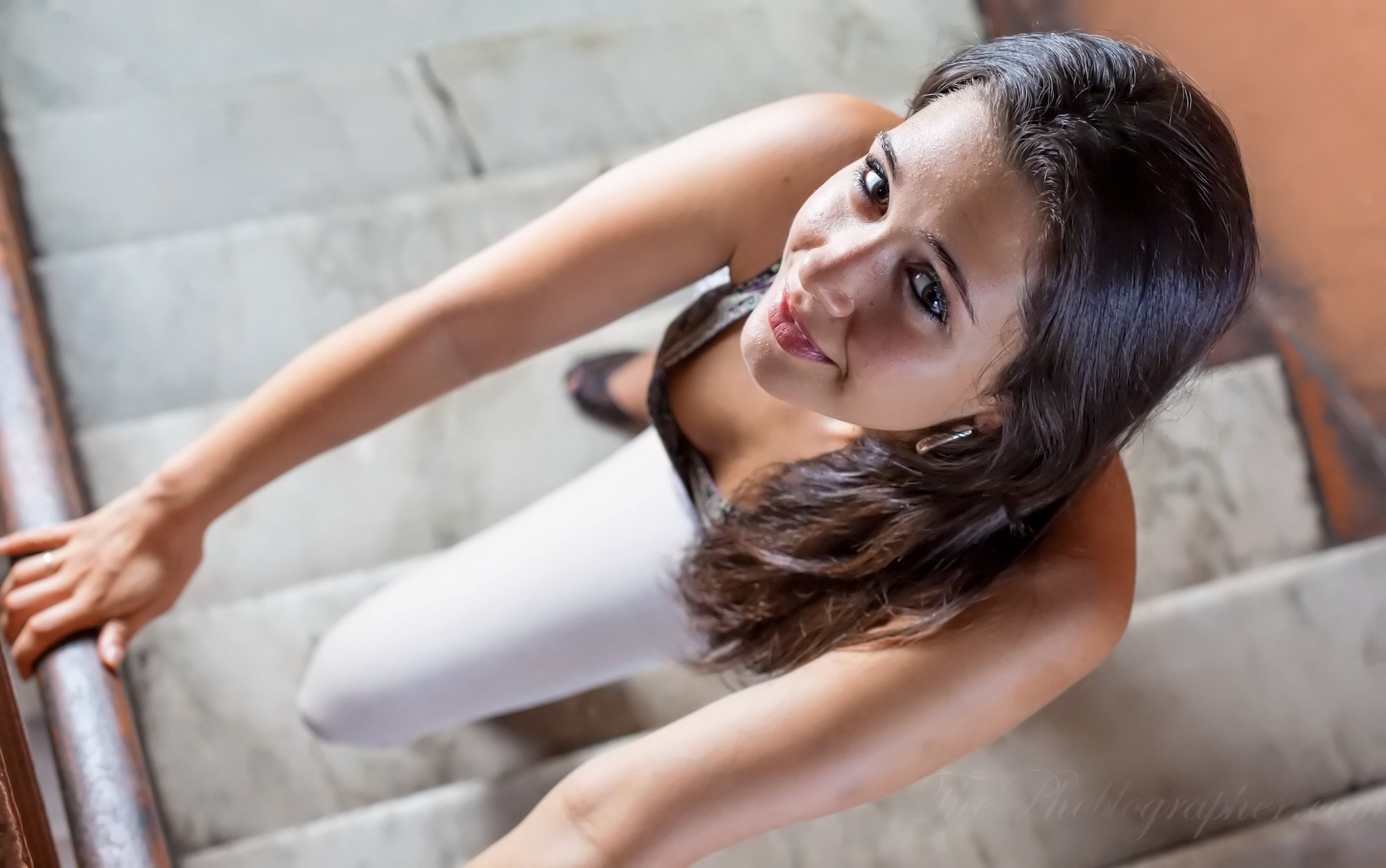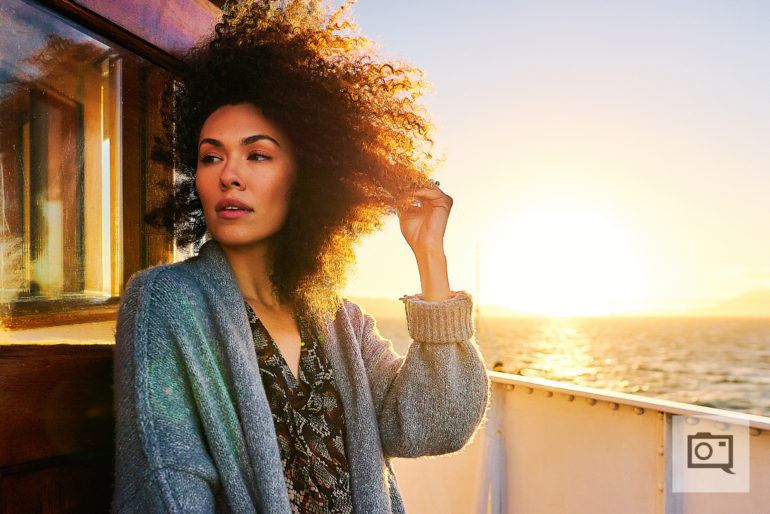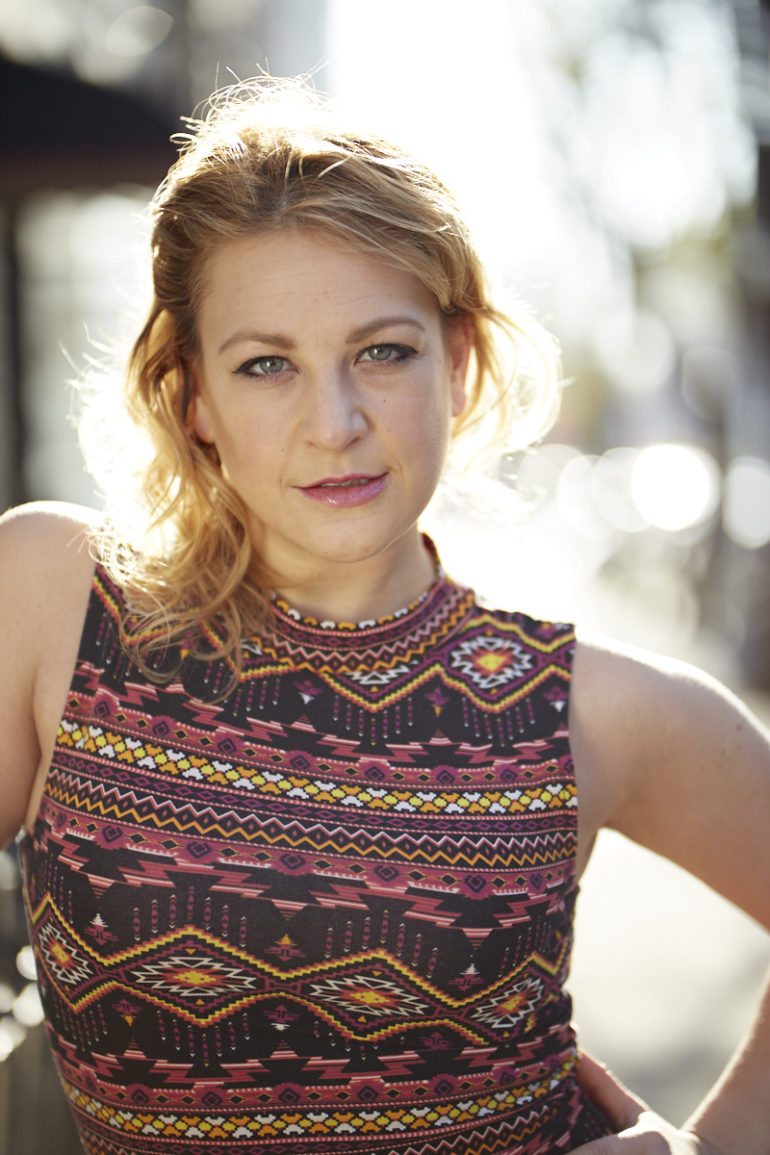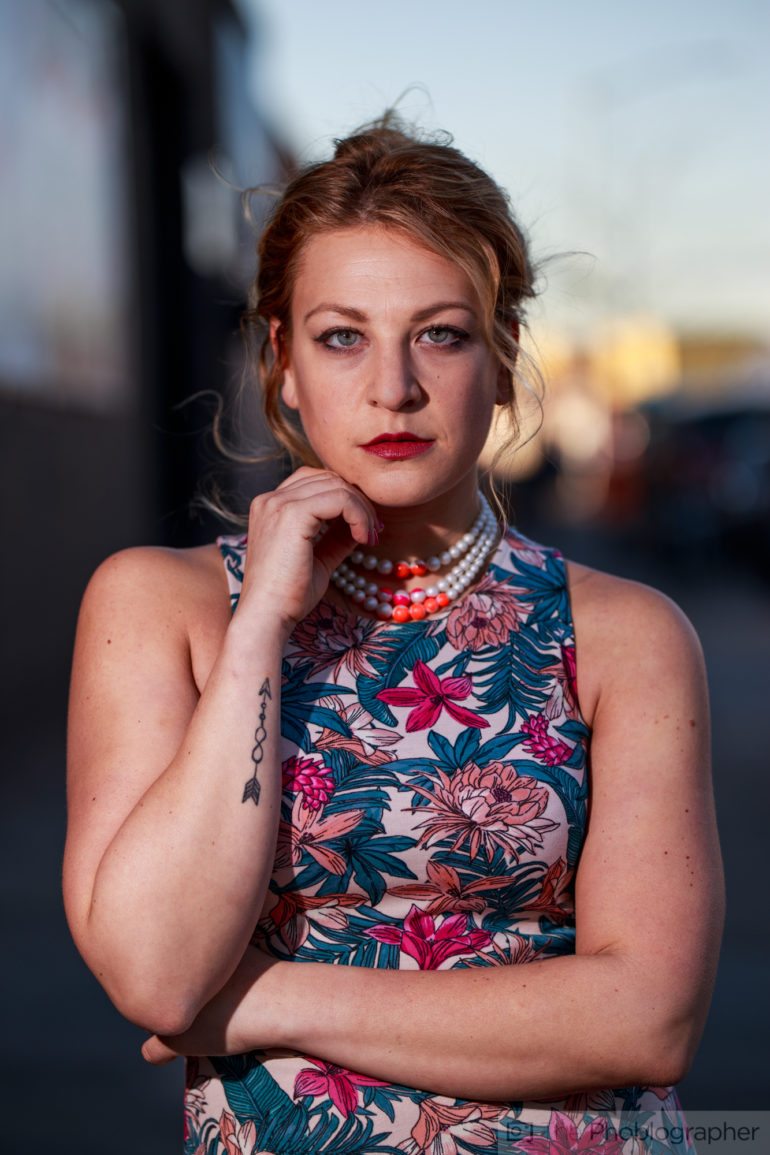Last Updated on 12/09/2021 by Chris Gampat
We’re streaming daily on Apple Podcasts, Google Podcasts, Stitcher, Pocket Casts, and Spotify! You can also listen to it right here on the Phoblographer.
If you shoot portraits often, you can fall into various camps. Some folks like a lot of contrast in the portraits. And indeed, high-contrast portrait photos can look pretty wonderful and natural. But other folks like as little contrast as possible. That way, with a flatter image, they can work on it a lot in post-production. Understanding what works in what situation, though, is pretty tough. Further, you may not really understand the naming of what you actually want. So in this post, we’re going to tackle it on a surface level.
Want more tips like this? Click here.
In-Camera Settings and Dynamic Range
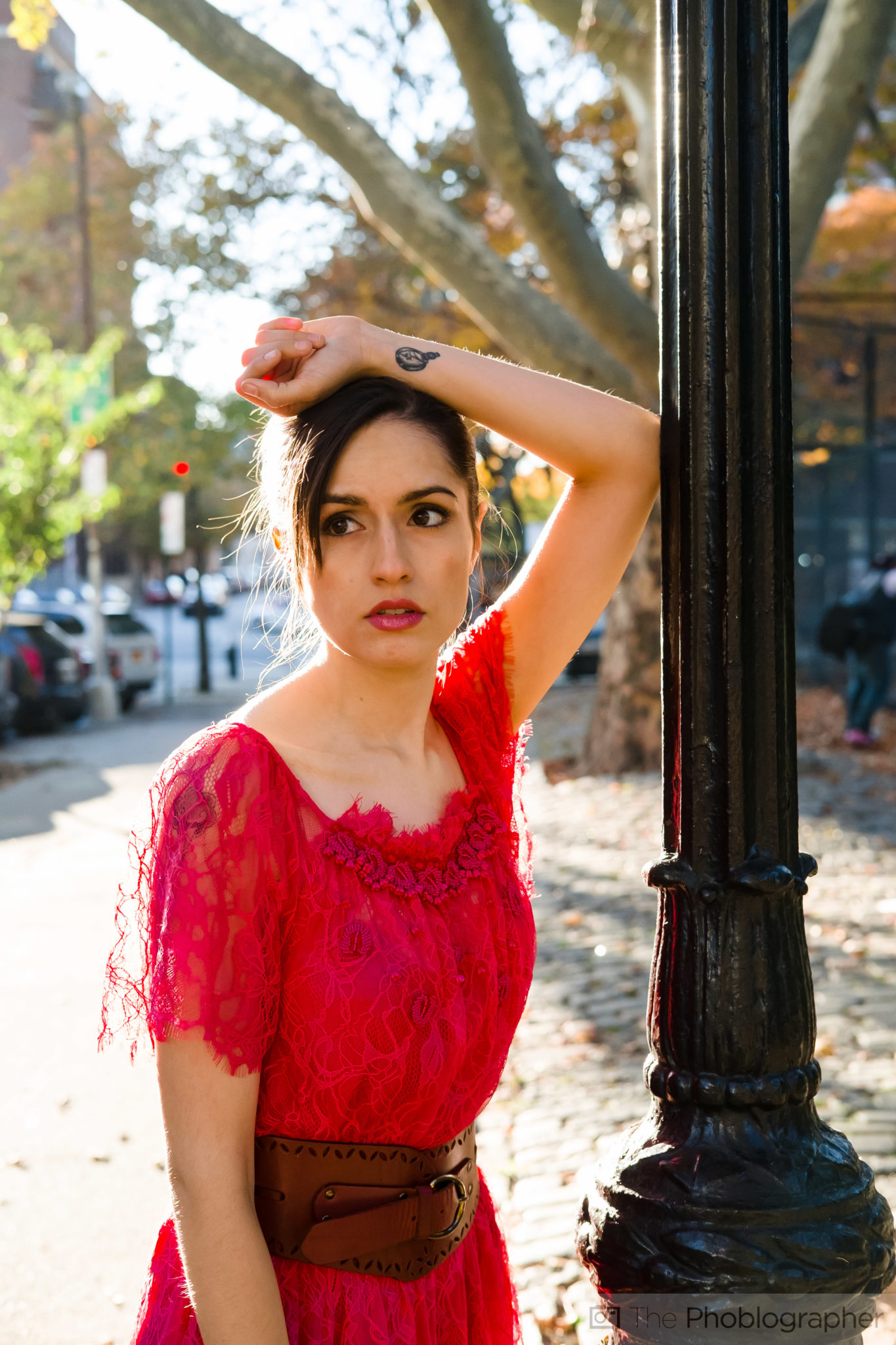
The first thing to do is to turn off all high dynamic range options your camera has. These don’t affect just the JPEGs but also the RAW files. For example, Canon has an automatic lighting optimizer setting that does this. But with Canon, it turns it off in manual mode. Fujifilm has an option to get the dynamic range to 400%. The more dynamic range an image has, the lower the overall contrast is.
To clarify here, the contrast has to do with the difference between the brights and darks. High dynamic range images have all sorts of great details in them. So the dynamic range is vast. Give it a try for yourself. Take an image into Lightroom or Capture One and crank the contrast all the way up. The whites will become super white. The darks will become even darker.
With portrait photography, getting high-contrast portraits is sometimes tough. But the best way to consistently do it is to backlight a subject.
Does a Flash Help?
Technically speaking, a flash can help. But you’d have to do something a bit crazy. Essentially, if you shot in high-speed sync mode, you’d need to overpower the flash for highlights on your subject. Then you’d also need to shoot at a super-fast shutter speed to kill the ambient lighting. Even then, however, you’re still typically creating a high dynamic range photo.
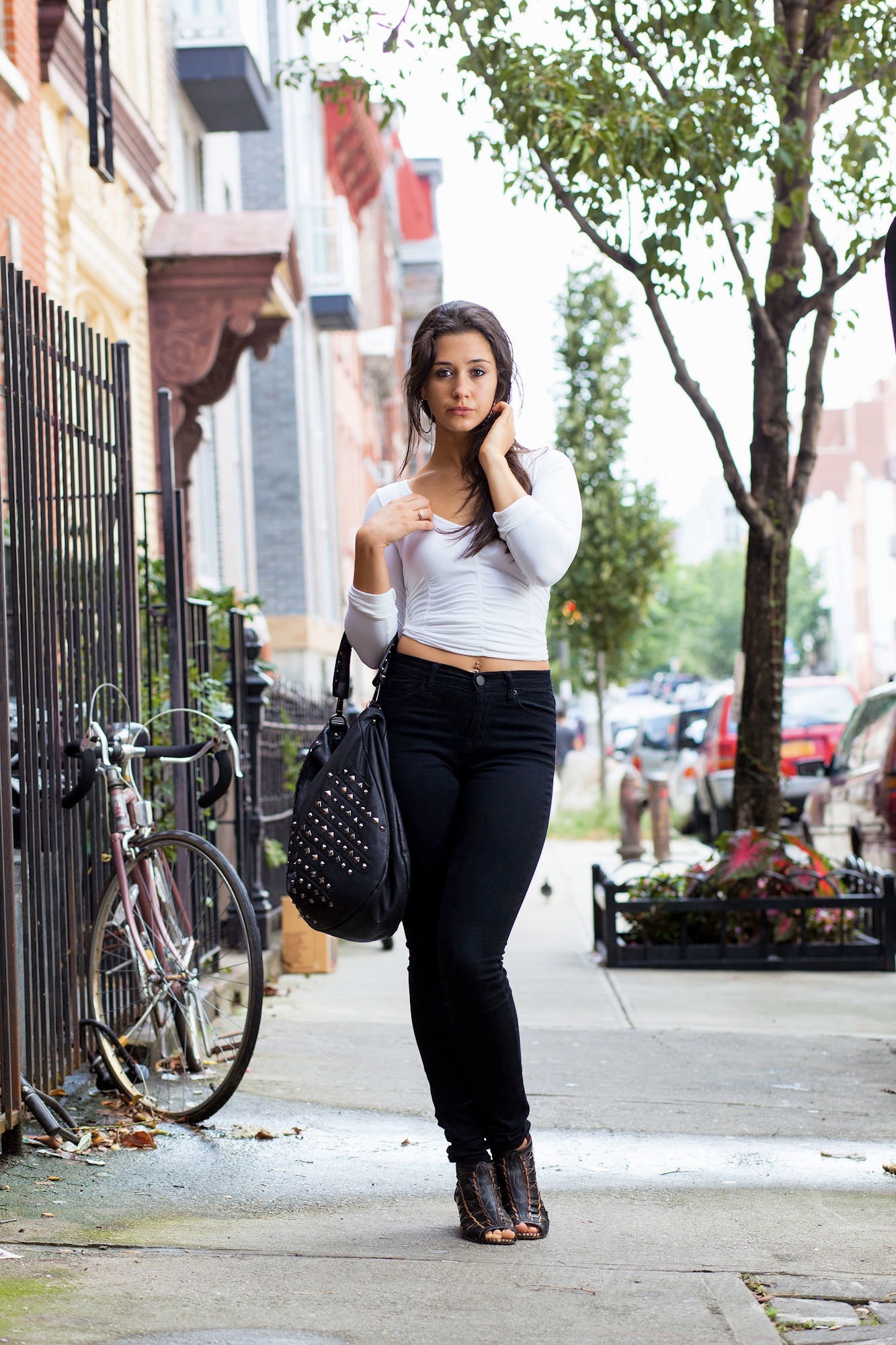
Technically, you could say the image above is a high-contrast portrait. As you can see, the highlights are mostly gone, and the blacks in her pants are very deep. The photo above was done with a flash still in an off-camera modifier. But I wasn’t using high-speed sync. Instead, I was working with ambient lighting, a low ISO setting, and TTL. Because the flash is being dampened by the light modifier, I’m still able to make the overall scene look naturally lit.
Generally speaking, this is the best way to create a high-contrast portrait.
Subject + daytime with a bit of shadow coverage + flash in a light modifier = a high contrast portrait.


